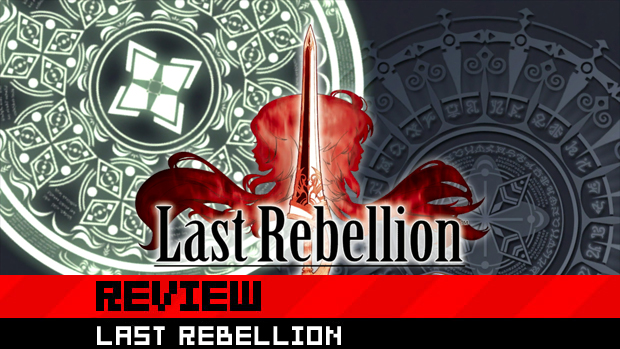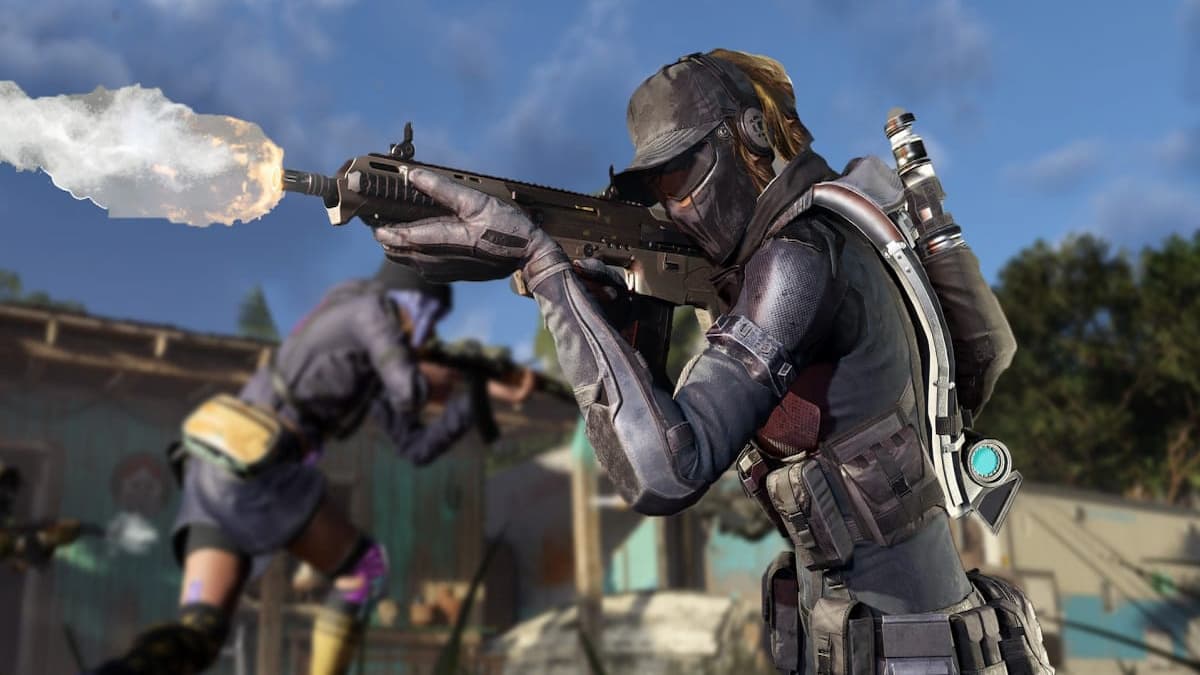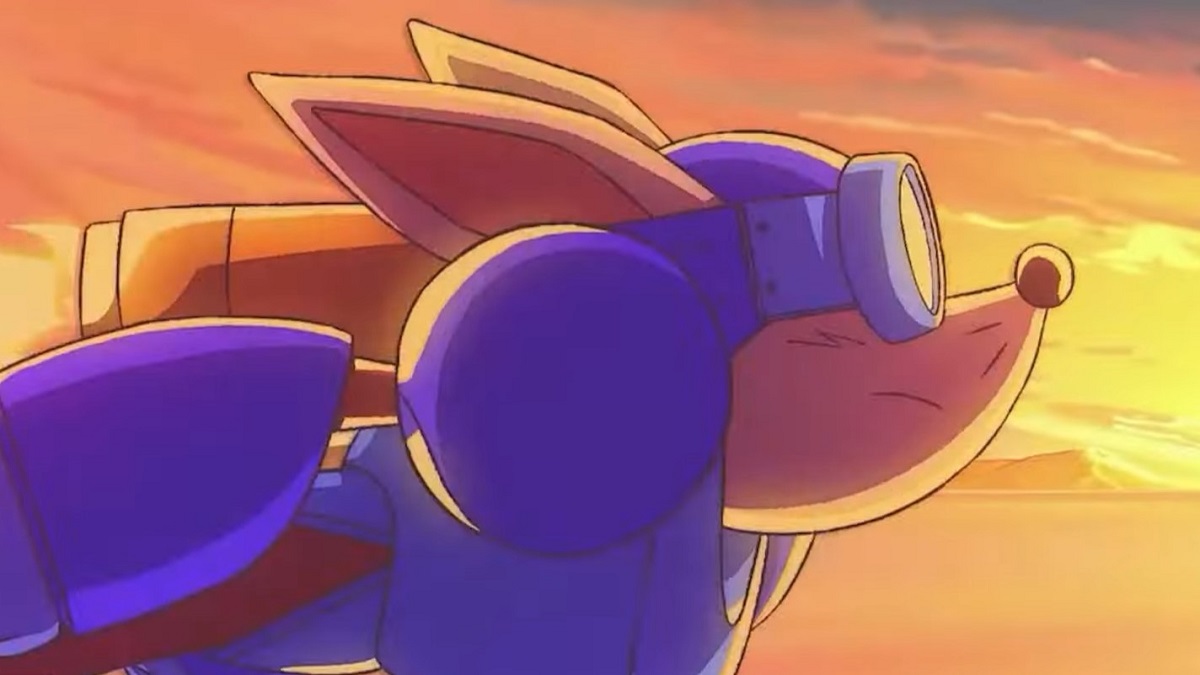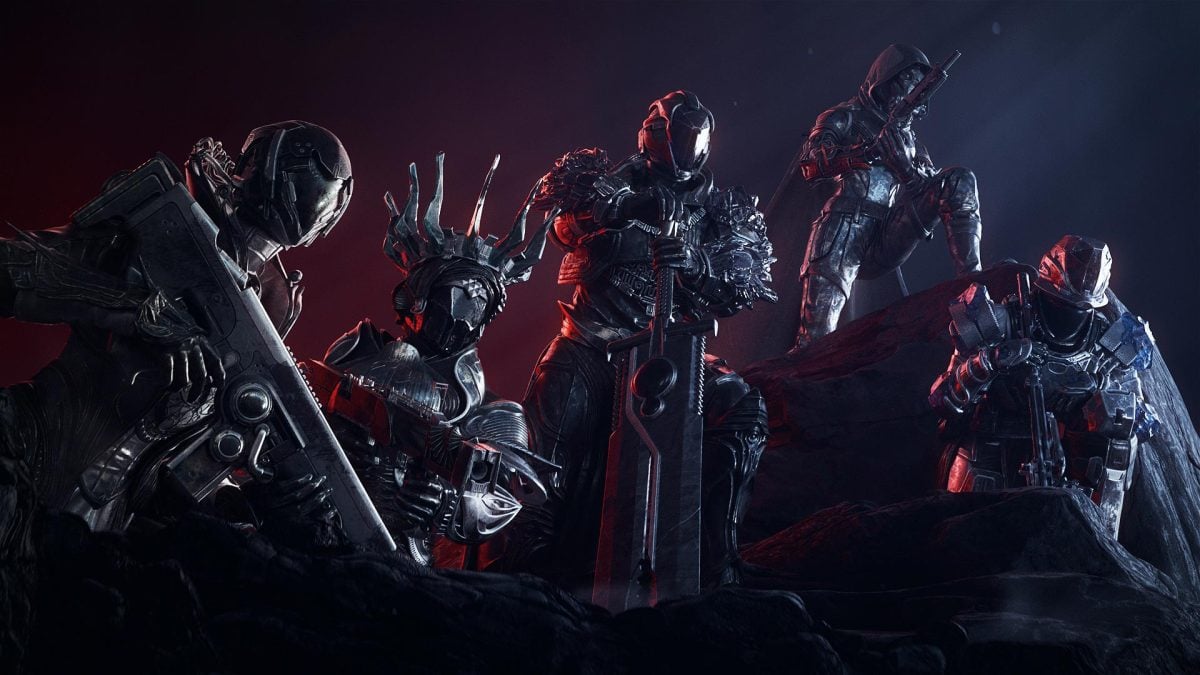Last Rebellion occupies a considerably shaky position. Developed by a niche studio and released by a niche publisher, the game hit store shelves barely three weeks before two titanic, highly anticipated titles arrive onshore.
Thus, the concern surrounding the game has evolved from merely how good it is, to how well it compares to its big-budget peers. Will Last Rebellion be subsumed under a tidal wave of competition, or will it face down its enemies and stand strong as The Little RPG That Could?
Find out more by reading our review below.

Last Rebellion (PS3)
Developer: Hit Maker
Publisher: NIS America
Released: February 23, 2010
MSRP: $49.99
Last Rebellion is, in a word, unrefined. Ironically, that fact is simultaneously the game’s most positive trait and its most damning flaw. Its crude, almost slapdash nature and awkwardly delivered irreverence lend it a charm that it doesn’t really deserve. To put it bluntly, I enjoyed playing it in spite of itself.
Of course, dear reader, you might not enjoy it. And you’d be justified in doing so, as there are myriad reasons why you would not, (perhaps even should not) enjoy playing Last Rebellion.

The game begins with an intriguing premise, something of a departure from standard fantasy convention. The God of Life and Birth, Formival, seems to have gone a bit overboard in fulfilling his mission, granting life to things that should be dead, raising them as demonic “Belzeds,” which, after being defeated, only come back to (un)life, more powerful than ever.
In a decidedly unusual turn, humans beseech Meiktilia, the Goddess of Death, for the ability to destroy Belzeds for all time, restoring the divine balance. Heeding their call, Meiktilia empowers two classes of people: Blades – warriors who dual-wield swords to destroy the Belzeds’ bodies – and Sealers, magicians who seal away Belzeds’ souls, preventing them from rising again.
Nine Asfel is a talented Blade and adopted son of King Arzelide. Smug, laid-back and cocky, he cares little for his duty as a Blade and even less for his status as heir-apparent. That is, until the king is murdered by Alfred, Nine’s stepbrother. Rising again as a Belzed, the king murders Nine in turn. This happens within ten minutes of the first tutorial battle.
Nine is resurrected by Aisha Romandine, a powerful Sealer summoned by the king to perform some mysterious task. Unfortunately, the resurrection required the use of a special ritual, and the two end up fusing their souls together. As a result, Nine and Aisha share a soul, and can no longer be in the same place at the same time, forced to “switch places” with each other as they go about their respective quests, Aisha trying to perform her task, and Nine seeking an opportunity to stick a sword in Alfred’s guts. These rather personal motivations power the story to the very end, Saving the World only becoming a priority after everything – and everyone – else is taken care of.

Nine and Aisha’s shared soul also affects Last Rebellion‘s play mechanics, acting to limit their ability to act “solo”. The two share the same health pool, mana reserve, and Command Point counter (more on that later). Neither can cast the same spells (which must be reassigned between them). And they also share status effects. A paralysis spell cast on Nine holds when Aisha steps in, preventing both from taking action. The two are individualized to an extent. Nine does inflicts greater physical damage, and Aisha is a more capable spellcaster.
Their shared soul also plays an important role in Last Rebellion‘s greatest asset, namely its combat system, which relies heavily on taking actions in just the right order. During battle, monsters present between six and ten body parts, which either character can target for physical attacks. Performing physical attacks attaches “Stamps” to the selected parts. Those Stamps serve as targeting markers for “Stamp Magic,” the term used for offensive spells. Stamps only last for a limited time, requiring repeated physical attack phases to keep them attached, the better to maintain Stamp Magic targets.

And that’s where action orders come in. Monster parts must be attacked in the right sequence (for example, head first, tail second, arm third, etc.) to maximize damage and Stamp duration. Also, hitting points in the correct order also grants “combo” points, which grant extra experience at the end of the battle. Killing the monsters isn’t enough, though. If left alone too long, Belzeds rise again, stronger than ever. Thus, Aisha must take a turn to “Seal” their souls, regaining some HP and making sure the Belzeds stay down. On the other hand, Nine can also “Absorb,” a special skill that restores magic points, at the risk of having the Belzeds wake up earlier. Ending combat becomes a choice between finishing opponents off quickly or gambling with time to exploit as much resources as possible.
Resources are especially important in Last Rebellion. Every action in combat requires Command Points (CP). Each physical strike costs one CP, so striking ten body parts requires ten CP. The supply of CP is limited, and doesn’t regenerate (even outside of battle) without costly spell or item use. However, Stamp Magic only costs one CP, every time, hitting every “Stamped” part on every enemy. Thus, battle is a constant balancing act. Players must try to hit as many enemies as possible, wasting the minimum amount of CP, leaving the real damage to be done by devastating Stamp Magic spells. Early-game fights are especially tense, when CP and mana pools are limited. Worse still, hitting parts in the wrong sequence risks “enraging” monsters, dramatically increasing their speed and damage output. Stamp Magic and support spells can be “leveled up” by allocating (and reallocating) “Aria Paper” points that are awarded over time, but leveled-up spells also cost more MP to cast.

The potential of Last Rebellion‘s mechanics are clear. It’s a shame then, that the game seems to try undermining those mechanics at every turn. For one, finding out enemy targeting sequences is almost entirely an exercise in trial-and-error. Players are forced to attack parts at random, hoping to strike the right part at the right time, which makes CP conservation difficult. Once revealed, sequences can be saved to memory, easing frustration greatly when encountering repeat foes. Of course, one must survive the battle first.
Survival also becomes a paradoxical issue, as Last Rebellion suffers from drastically uneven difficulty and character progression. Encountering enemies in high-level areas (which happens often thanks to a vague minimap and poor directions as to where to go next) can be devastating, but simply surviving such encounters gives obscenely exaggerated reward. At one point I gained seven levels from a single fight in the wrong area, which made even the boss battles in the right area a complete cakewalk.
Exacerbating the difficulty problem further is the strange ability to cast buffing spells outside of combat. Since combat occurs on a separate screen, one can enter battle at the absolute maximum limits of enhancement, rendering the sequence system moot (since the enemies die before all their parts can be hit). I entered the final boss battle with tens of thousands of HP, with the enraged enemy hitting for less than nine hundred HP each turn. It certainly cuts down on grinding, but completely undermines the tension of earlier fights.

Mechanical flaws aside, Last Rebellion‘s most egregious offenses are aesthetic. Frankly speaking, the game looks like a mid-generation PS2 title. All dialog and cutscenes are conveyed through static art overlaid upon the 3D background. Its visuals are little more technically accomplished than a fancy PowerPoint presentation or visual novel. To be fair, the character design, stylized as if painted in Pastel, looks great and suits the static images. One can see the appeal of that style, and it’s lamentable that it wasn’t applied across the board, to 3D models or animated cutscenes, or any situation conveying narrative or dramat. If it had done so, I imagine Last Rebellion potentially rivaling Valkyria Chronicles‘ in terms of having a unique “look”. Then again, even if the style were applied across the board, it would be wasted on the game’s bland menus and interface, which takes up more than half of the available screen space.
Speaking of drama, Last Rebellion strikes both negative and positive in the lack thereof. The game is either unwilling or unable to summon the kind of character-driven acting so critical to executing the typical RPG story. Nine never loses his cool or sarcastic attitude, and most banter between him and Aisha seem more reminiscent of a cheesy buddy-cop film (with a hint of romantic tension) than an epic fantasy tale. The voice acting (recorded in English even for the original Japanese release) is also rather flat, the range of expressed emotion swaying between “mildly amused” and “somewhat irritated.”

At the same time, that awkwardness and lack of drama unintentionally grants the game an undeserved sense of irreverence and levity. I couldn’t help but enjoy Nine’s forever-casual “Man, I can’t wait to kill Alfred,” attitude, or Aisha’s snide teasing. In short, Last Rebellion‘s cast acts in a way almost completely inappropriate to the crises facing them, and that feels refreshing compared to how seriously most games take themselves these days.
Thankfully, the game is short, clocking in at just under twenty hours. Just before the tedious mechanics and smarmy characters become intolerable, they’re done with, cleanly tying up the loose ends and leaving little clutter in their wake, besides the odd save file or cleverly-written PS3 trophy titles.
Last Rebellion is underproduced, underdeveloped, unrefined, unpolished, and ultimately forgettable. And yet, it possesses the foundations of something, that originally intended to strike for greatness. It will be no David to its Goliath-sized peers, but sometimes being enjoyably adequate is all that’s needed. Try playing it between more worthy games.
Score: 5 — Mediocre (5s are an exercise in apathy, neither Solid nor Liquid. Not exactly bad, but not very good either. Just a bit “meh,” really.)





